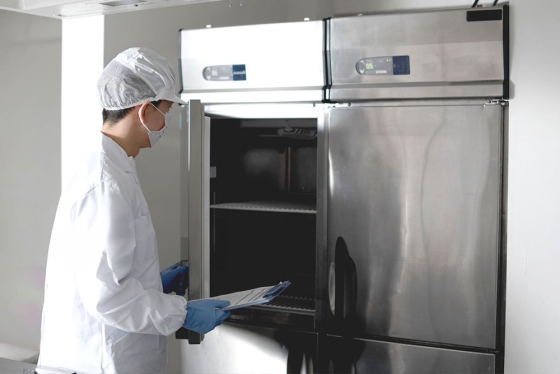Cost-Effective Sourcing in China: A Guide for Global Commercial Kitchen Buyers
For B2B buyers worldwide, sourcing commercial kitchen equipment from China offers unparalleled value—but hidden challenges like price fluctuations and logistics hurdles can undermine savings. This guide breaks down actionable strategies to control costs while partnering with reliable manufacturers.

Quality assurance checks in a certified commercial kitchen equipment factory.
1. Why China Dominates Commercial Kitchen Equipment Manufacturing
China produces over 65% of global commercial kitchen equipment, thanks to advanced manufacturing infrastructure and economies of scale. However, prices vary across regions and suppliers. Key factors affecting costs:
Material Volatility: Stainless steel prices rose 18% in 2024, impacting equipment like griddles and prep tables.
Labor Efficiency: Automated factories in Guangdong reduce production time by 30% compared to manual workshops.
Action Step: Prioritize suppliers with transparent pricing models and real-time material cost updates.
2. Bulk Order Strategies to Maximize Savings
Consolidating orders can lower unit costs by 20–35%, but requires careful planning:
Economies of Scale: Ordering 100+ units of fryers or ovens often unlocks tiered discounts.
Modular Designs: Opt for equipment with standardized parts (e.g., shelving systems) to simplify replacements.
Case Study: A UK catering company saved £120,000 annually by bundling orders for 300 convection ovens and negotiating extended payment terms.
3. Negotiating with Suppliers: Beyond the Base Price
Focus on Total Cost of Ownership (TCO):
Energy Efficiency: ENERGY STAR-certified dishwashers cut utility bills by 12–18%.
Warranty Coverage: Suppliers offering 5-year warranties reduce long-term repair costs.
Pro Tip: Request free spare parts kits or onsite training to enhance operational efficiency.
4. Avoiding Quality Pitfalls That Inflate Costs
Low upfront prices often hide quality risks:
Certifications: NSF or CE marks ensure compliance with food safety and EU standards.
Third-Party Inspections: Hire auditors to verify factory conditions and product durability.
Red Flag: Suppliers refusing factory audits are 3x more likely to deliver defective products.
5. Optimizing Logistics for Cost Control
Shipping and tariffs account for 15–25% of total costs. Solutions include:
Consolidated Containers: Full Container Load (FCL) shipping reduces per-unit freight fees.
DDP Agreements: Choose Delivered Duty Paid terms to avoid unexpected customs charges.
Example: A Canadian restaurant chain cut logistics costs by 40% using KingHigher’s EU warehousing hub.
6. How KingHigher Simplifies China Sourcing
As a factory-direct manufacturer, KingHigher addresses core buyer pain points:
Price Transparency: Locked quotes for bulk orders with no hidden fees.
Certified Quality: All equipment meets NSF/CE standards and undergoes rigorous testing.
Global Logistics: Pre-negotiated DDP rates and regional warehouses in key markets.
Conclusion
Sourcing commercial kitchen equipment from China doesn’t have to mean sacrificing predictability for affordability. By partnering with trusted manufacturers and prioritizing TCO, global buyers can achieve sustainable cost savings.

